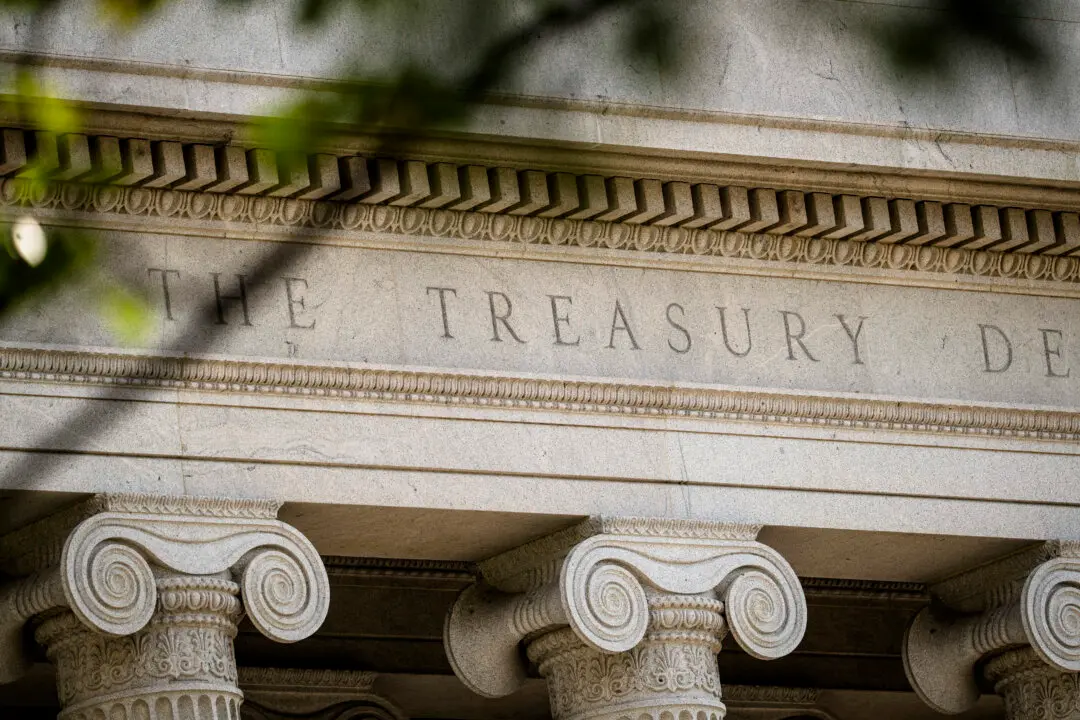Commentary
The Bank of Canada’s quarter-point cut in its policy rate, from 5 percent to 4.75 percent, likely heralds the first of a series of cuts, not just in Canada but throughout the world’s wealthy nations. Canada, economists say, is the first G7 country to reduce its benchmark rate, and the others will follow.
Although the June 5 cut was about the best the bank could do for now, risks abound.
The Bank of Canada said annual inflation seems headed to its target of 2 percent, with the latest figure at 2.7 percent annualized after peaking at over 8 percent. And the central bank said the economy has resumed growing after a lull—the latest-quarter GDP growth was 1.7 percent annualized. That’s weak by historic standards, but it does look like a potentially inflationary boom. And on a per capita basis, due to population increases, growth was slower.
The fact remains, though, that the Canadian economy is struggling, and a quarter-point cut means little by itself. An ease in monetary policy may be welcome given the sorry state of the economy, but any positive effect is dwarfed by an anti-growth and anti-investment fiscal policy. The federal government’s last budget and its increase in capital gains taxes, along with even more government overreach, hang like an albatross around the neck of ordinary Canadians.





